Cooking With Lavender
The following comments are in part excerpted from our Cooking Adventures with Lavender™ cookbook which is now in its fifth edition, having first been published in 2002.
LAVENDER RECIPES Lavender has a time-honored place in the kitchen. Queen Elizabeth I of England is reputed to have required that there always be a jar of lavender conserve on her table, and took lavender tea whenever her monarchial duties caused her stress, which, given the events of her times, was often. Up through the 19th Century, lavender was as much of a culinary staple as rosemary is in the 21st. It then appears to have largely disappeared from European kitchens in the early decades of the last century, perhaps due to the turmoil of cataclysmic events of the times or to the loss to disease of the vast lavender fields south of London, or both. In the last three decades or so, however, more venturesome chefs and bakers have rediscovered its many culinary virtues. 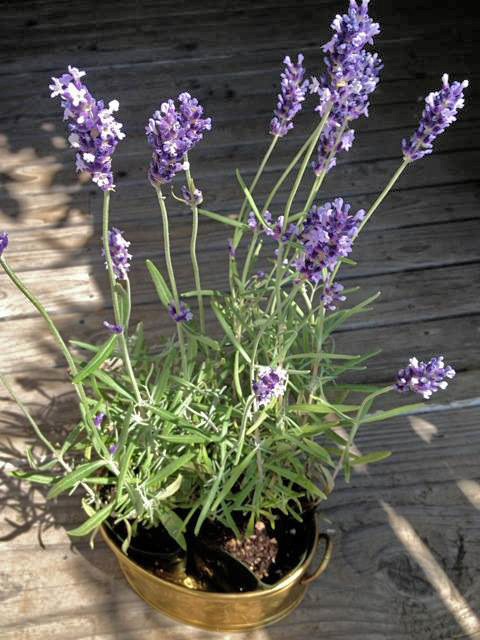
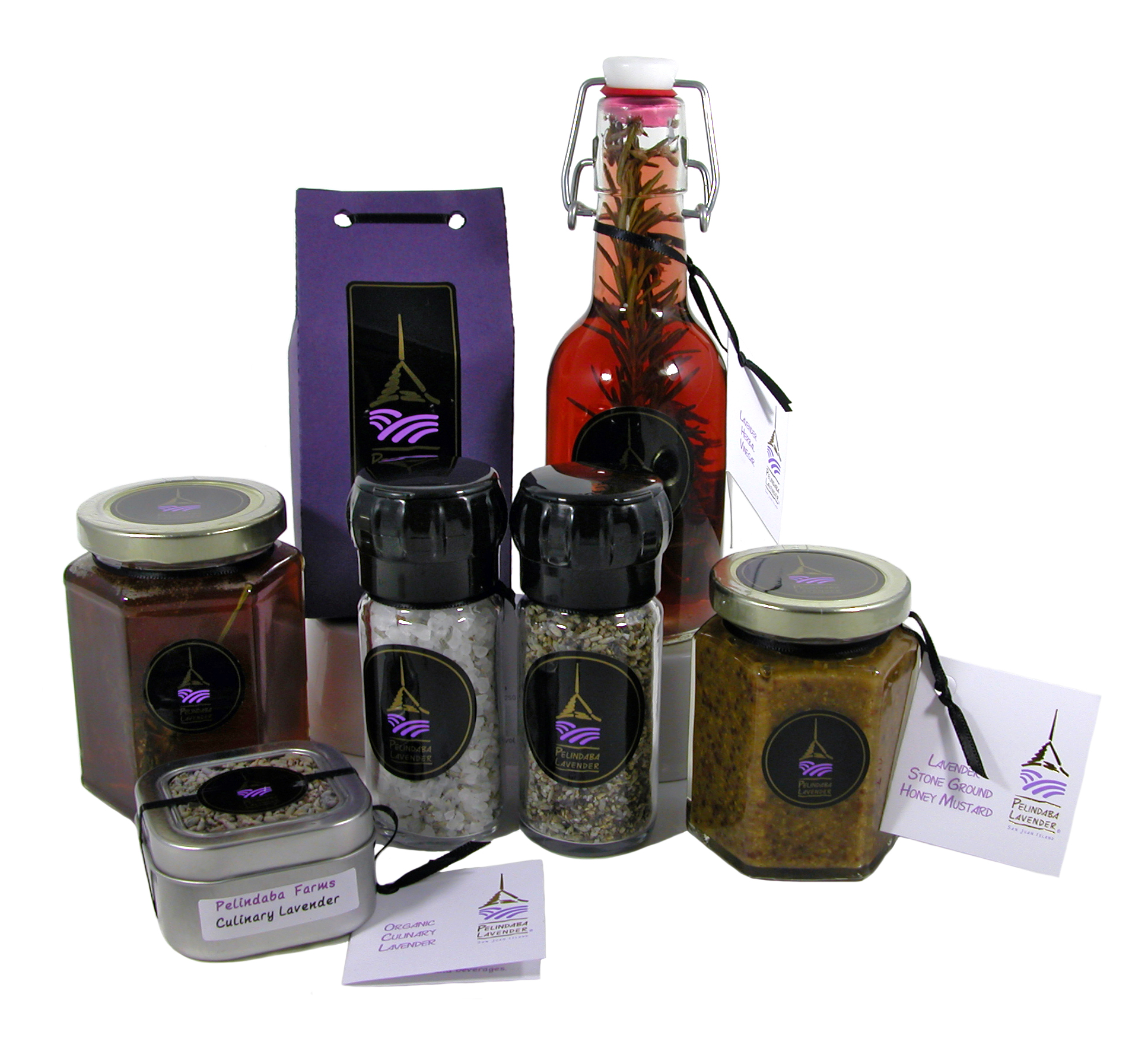 What we find truly distinctive about lavender is that it is one of the very few herbs that can be used across the entire food spectrum, from the savory to the sweet. Lavender-basted lamb is as delectable in its own way as are lavender-flavored custards, pies and lemonade. Chocolate infused with the taste of lavender is quite different yet no less remarkable than a lavender-infused olive oil. The range of tastes to which lavender can contribute is extraordinary. It is either a lack of awareness of this remarkable versatility or insufficient experience with its use that generally lies behind the wariness of some to venture into the world of culinary lavender — a wariness that rapidly evaporates once they have the opportunity to actually taste the results. Although some recipes call for fresh lavender, we tend to use dried lavender flower buds in preparing the dish itself, reserving fresh flowers for garnish. We find the dried flower buds fully retain the remarkable essence of the lavender taste experience and are generally easier to handle. So while both dried and fresh flower buds can be used in cooking, using fresh rather than dried lavender buds will take approximately one third to one half again as many fresh lavender buds as dried. 
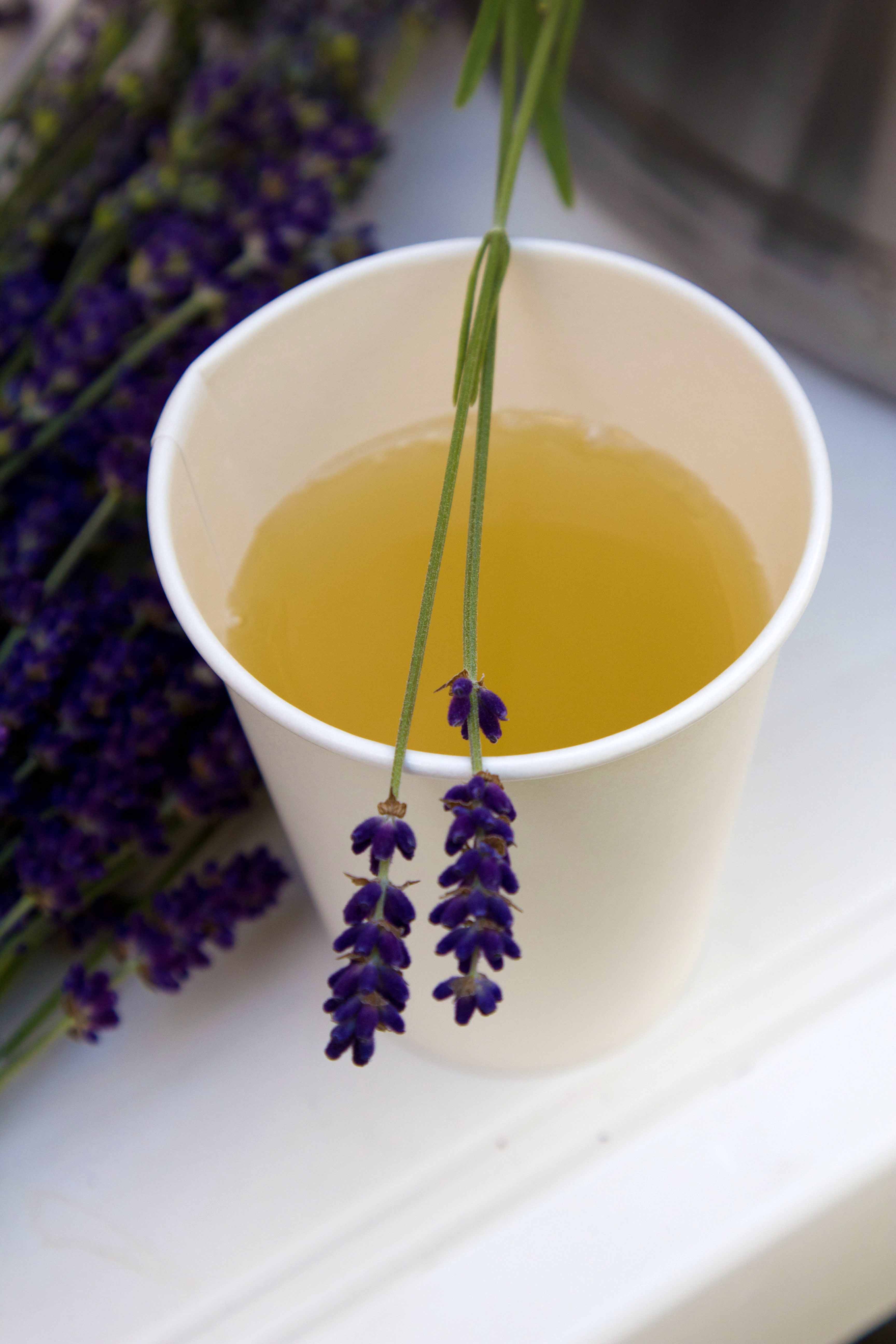
In recent years, we have noticed with interest and a certain smile that our personal affection for the flavor and fragrance of culinary lavender—the species intermedia and the cultivar ‘Provence’ in particular — is being increasingly shared by other experienced chefs and bakers who have chosen to travel the same road. Our collective experience amply demonstrates that the old prejudice against cultivars other than those of the species angustifolia for culinary purposes has been completely unfounded. As we have often commented, repetition of a “fact“ heard or read elsewhere is no substitute for direct experience. Indeed, for those who truly love the taste of lavender, ‘Provence” has found a fond and rapidly expanding audience. Early in our experimentation, we thought that grinding dried lavender before using it was an unnecessary step. Although it is in fact not essential to do so, we subsequently learned through experimentation in our on-farm commercial kitchen and bakery that grinding it before use is definitely desirable in order to get the wonderful taste of lavender. We note with interest that about the same time the late Sharon Shipley in her then just-published and extensively researched “The Lavender Cookbook” came to the same conclusion. She too preferred to use ‘Provence” lavender buds for culinary purposes, and also recommended grinding the buds in a spice grinder to enhance the lavender flavoring. Many recipes we’ve tested in the past have less of a lavender flavor than we prefer. We suspect that this reflects some inexperience in using lavender in food or a mindset that considers lavender more a scent than a flavor. As in any cooking with herbs and spices, it helps to have the flavor burst lightly on the tongue rather than drown out other flavors, but at the same time it should have a definitive presence. We tend to use more than commonly recommended amounts of lavender because we have come to fully appreciate the richness of its distinctive culinary contributions. The quantities used in the recipes in our cookbook are, we believe, those that best exhibit the wonderful contribution that lavender brings to the table. Our own experience has also revealed another reason why cooking with lavender may still be unfamiliar or even avoided by some. When purchasing lavender for culinary purposes, it is important to make sure it is a true culinary or food-grade product. Regardless of cultivar used, culinary grade lavender should have been harvested early in the flowering season when just a handful of flowers have opened up on the flowerhead. Stated another way, lavender buds obtained any later In the flowering season may have their culinary utility compromised as the paradoxically bitter essential oil builds up in the bud. While being laden with essential oil makes for wonderfully aromatic buds for filling sachets, it is quite unsuitable for culinary purposes. Indeed, inadequate understanding of this somewhat obvious natural history of essential oil formation may have contributed in the past to poor culinary experiences and hence the relegation of lavender to primarily non-culinary purposes 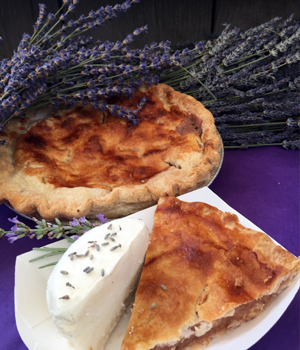 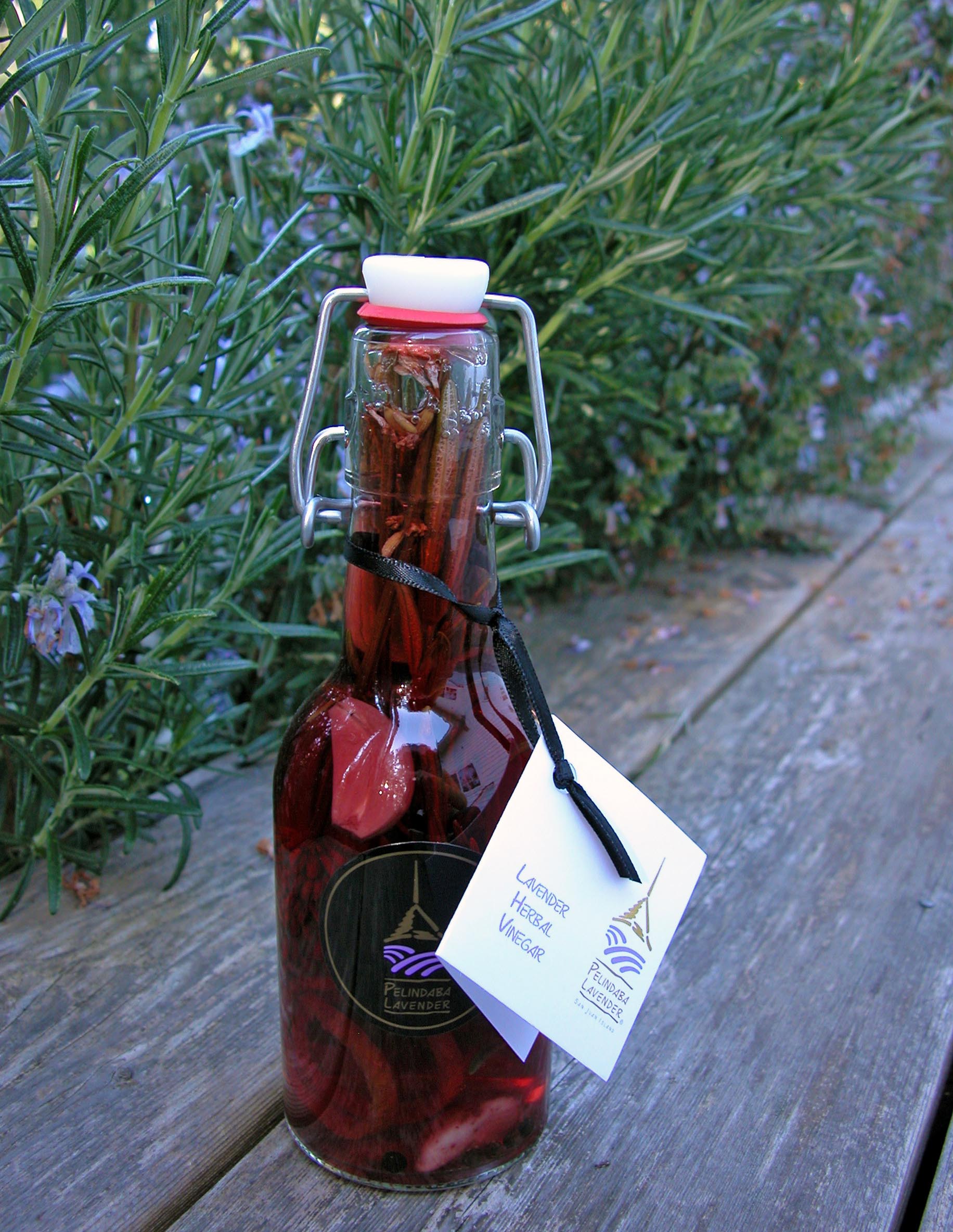
Furthermore, culinary grade lavender should be well cleaned and with foreign material sifted out. It should also preferably be organically certified. When coming from a known source, this provides an important assurance that the culinary lavender buds have not been treated with herbicides, fungicides or pesticides. For this reason, we maintain our organic lavender certification with yearly official inspections by the Washington State Department of Agriculture as part of the National Organic Program. To experiment further, we recommend adding lavender as a herb to new dishes for which you might otherwise use rosemary. Almost any dish that uses rosemary can be adapted to lavender. Indeed, in reading some older recipe books it appears that it was a host of lavender-based recipes that were subsequently adapted to rosemary!
© 2018, Pelindaba Group, LLC
|